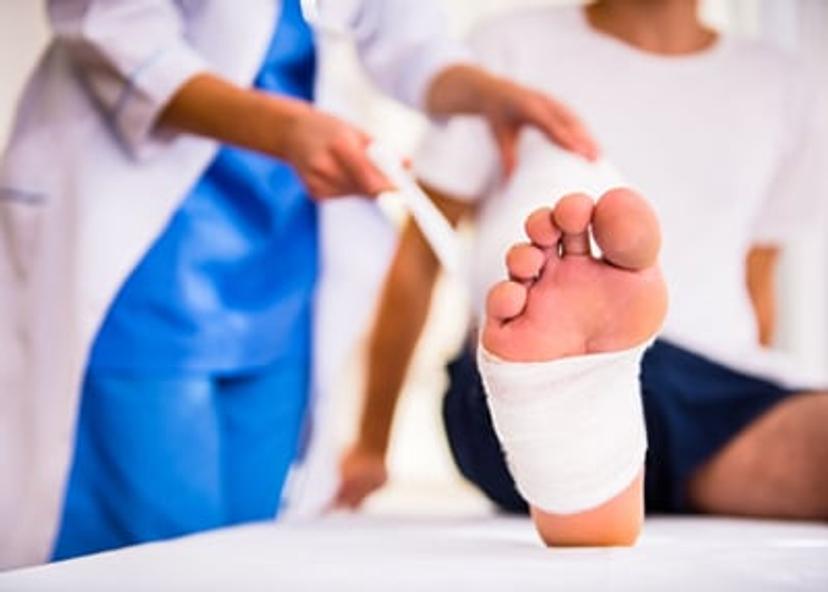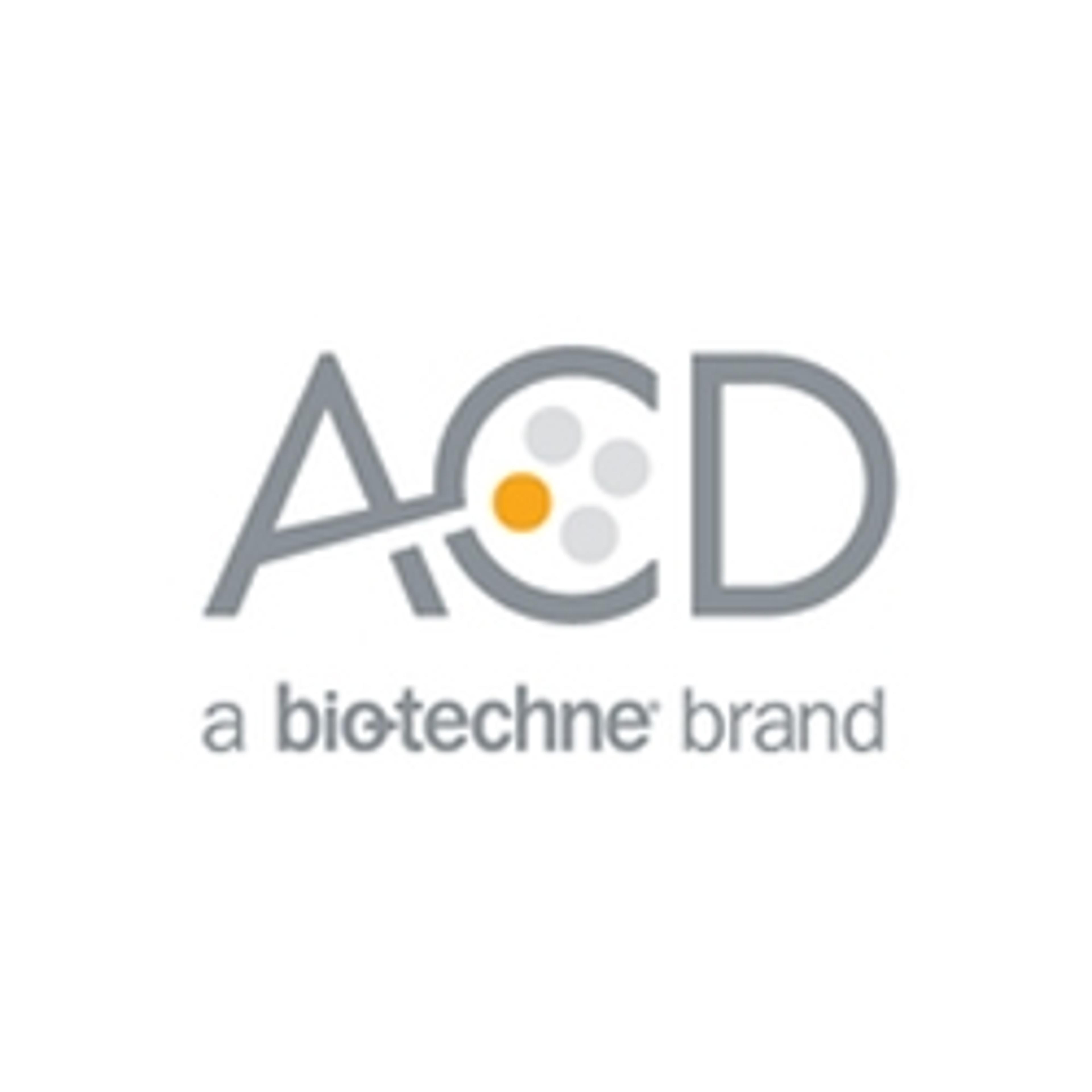Musculoskeletal injury: New cellular targets to assist the tendon repair process
Discover how RNA in situ hybridization assays are being used to advance research into treatments for Achilles tendon injuries
11 Nov 2019

Orthopedic injury, specifically tendon injuries, are extremely prevalent. Depending on the severity of the injury, treatment ranges from rest to surgery. Often, tendon repair is a lengthy process that results in decreased mechanical function and can lead to chronic pain. The cell populations that make up the tendon, and the roles they play in the repair process, remain incompletely understood. Understanding the cellular makeup of tendons and its role in repair could lead to improved treatments for tendon injuries.
In this exclusive SelectScience interview, we discuss this phenomenon with Jacob Swanson, a scientist in the lab of Dr. Christopher Mendias in New York. Here, Swanson discusses the Mendias lab’s extensive research concerning the anatomy and physiology of the Achilles tendon, in both normal health and disease contexts. Swanson highlights how the use of RNAscope technology has helped his work and why he hopes to continue to use this technology in future studies.
Q: Tell us about your work on the Achilles tendon.
The Achilles tendon
The Achilles tendon connects the calf muscle (the gastrocnemius and soleus) to the heel bone (the calcaneus). The role of the tendon is to transfer load between the soft tissue of the muscle and the hard tissue of the bone. The proximal side of the tendon attaches to the muscle and distal side attaches to the bone. Locating where different cell populations are in respect to this geometry is important when studying the tendon function.
JS: The main project that I've been working on is a descriptive study that aims to better understand the cells that make up the Achilles tendon. One major component of the tendon is a cell population called tenocytes, which are fibroblasts responsible for producing the collagen that makes up the tendon. However, the transcriptomes of cell types within Achilles tendon, including tenocytes, remain poorly characterized. To better understand these cell types, we used single-cell RNA sequencing technology (scRNAseq). Starting with Achilles tendon tissue, we enzymatically broke it down into a single-cell suspension and looked at the genetic information from each individual cell. We then clustered these cells using computational analyses to better understand the transcriptomic heterogeneity of cells in the Achilles. We then used RNAscope technology to histologically validate these cell populations
From this study, we identified interesting findings about fundamental tendon cell biology. We hope that this information can be used as an aid in future experiments and give us a better idea of how to assist the tendon-repair process.
Q: How do you use RNAscope and what are the main benefits of this technology for your research?
RNAscope is one of those techniques that will benefit me throughout the rest of my scientific career.
Jacob Swanson
JS: RNAscope technology allows one to visualize gene expression and RNA within cells in a broader histological context. For us, this means that we can see where the genes of interest are within the context of the Achilles tendon. We initially used immunofluorescent protein staining, but this proved ineffective because the markers often became incorporated into the extracellular matrix, making it hard to identify which specific cells these proteins came from. With RNAscope, we can directly probe for the mRNAs highlighted by RNAseq data within the cells, which allows us to more accurately identify and visualize where these novel cell populations are.
In our RNAscope protocol, we have several probes for genes based our scRNAseq data. First, we digest the cells slightly to allow the probe to enter the cells to hybridize to the RNA. Then there is a series of amplification steps that allow us to image three probes on a confocal microscope, cleave the fluorophore tag off, and then detect the next set of targets with the specified fluorophore tag. Theoretically, we can image up to 12 genes per sample all on the same section. This means we can get a profound amount of information on just one tissue section.
This makes RNAscope a powerful tool to visualize novel cell populations and the gene-specific probes allow us to see cell-to-cell heterogeneity. With this, you're able to see the difference in gene expression, even in cells that are right next to each other, which is difficult to detect with standard protein staining.
Q: Are there any other aspects of tendon injuries that you are studying?
JS: In the past, it's been shown that the adaptive immune response is turned on in response to tendon injury, but the innate immune response hasn’t been well studied before. In one study, we are focusing on this innate immune response, outlining possible mechanisms as to how the different cells are talking to each other within this response. We use healthy mice and perform Achilles tendon tear-and-repair surgeries. Over different time points, we monitor the various states of the immune response around the tendon, by collecting both tendon samples and samples from the lymph nodes that drain the tendons. We then analyze the different markers that are expressed at different times during the innate immune response using genetic and protein analysis, plus flow cytometry, to put together a picture of what happens following tendon injury.
Q: What do you see for the future of tendon injury research?
JS: There is the potential to play with gene manipulation in future experiments. It could be that some of the cell types in Achilles tendons have positive effects in the injury process, but others might have negative effects. So, we could try to manipulate in both directions to redirect these cells during the injury course – either by deleting or boosting the expression of a gene within the tendon. Additionally, our scRNAseq work thus far has been in mice, so it is important to also analyze the transcriptomes of human tendon cells to better understand how they may respond to injuries.
Explore more of the latest applications of RNAscope technology:
- Tumor infiltration analysis of CAR-T cell targets>>
- Survey expression of immune checkpoint markers in the tissue microenvironment>>
- Validation and spatial mapping of diverse cells identified by scRNA-seq>>
Do you use Advanced Cell Diagnostics products in your lab? Write a review today for your chance to win a $400 Amazon gift card>>

